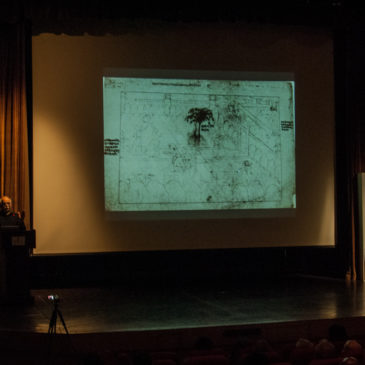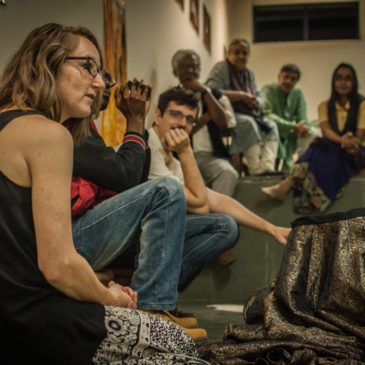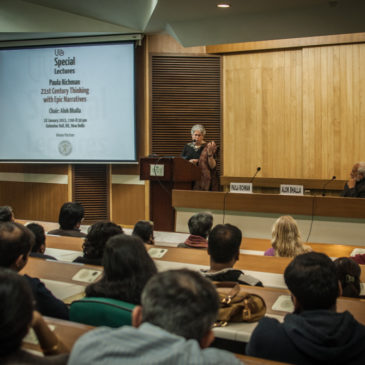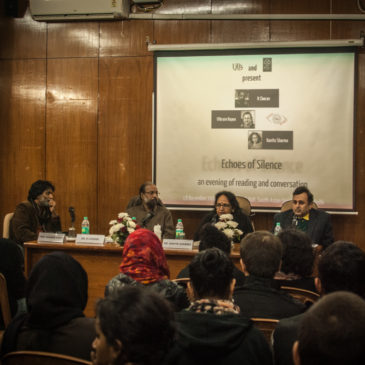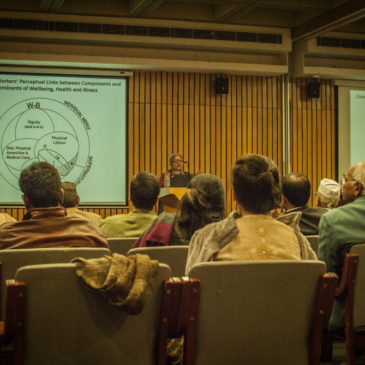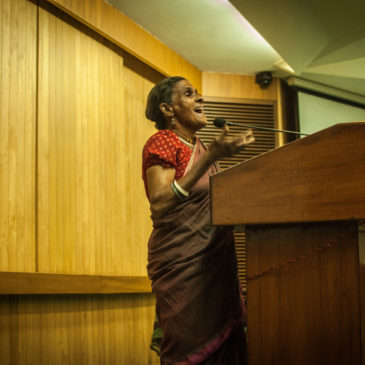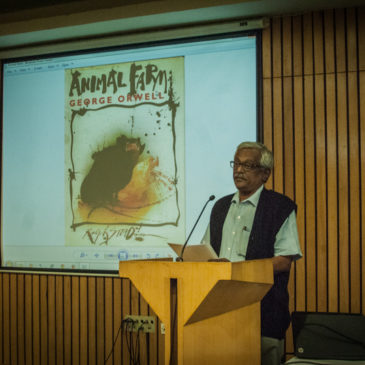“The boy is with me every morning. In the middle of all the problems of our times, he brings me solace, happiness… and laughter!” Ravikant’s introductory words felt like the gratefulness of two entire generations – all those who woke up with EP Unny’s cartoons over the last four decades. A cardinal cultural figure was with us for the ninth PRISM Lecture of 2014, but yet, just like his Newspaper Boy, a celebrity hiding behind his subtle humour, his respectful wittiness, his shy smile. “I couldn’t write. I could draw,” recalled Unny of his decision to become a cartoonist. “So, tonight, I face an unusual problem… word count!” The comic cartoon takes birth in the USA, in the first half of the past century. “Its purpose? To entertain.” Increasingly a vital ingredient of the newspaper, the cartoon soon enters its economy. “Initially, it was published to promote the paper, to bring audience. The cartoon creates characters – it permits characterisation.” And, through characterisation, an audience takes shape, following the daily remarks of this rather unique commentator. An early recurrent figure is Richard Outcault’s Yellow Kid, parodying high society antics. “With 20,000 cartoons, the Yellow Kid shows this art can become a rewarding career in the US.”



